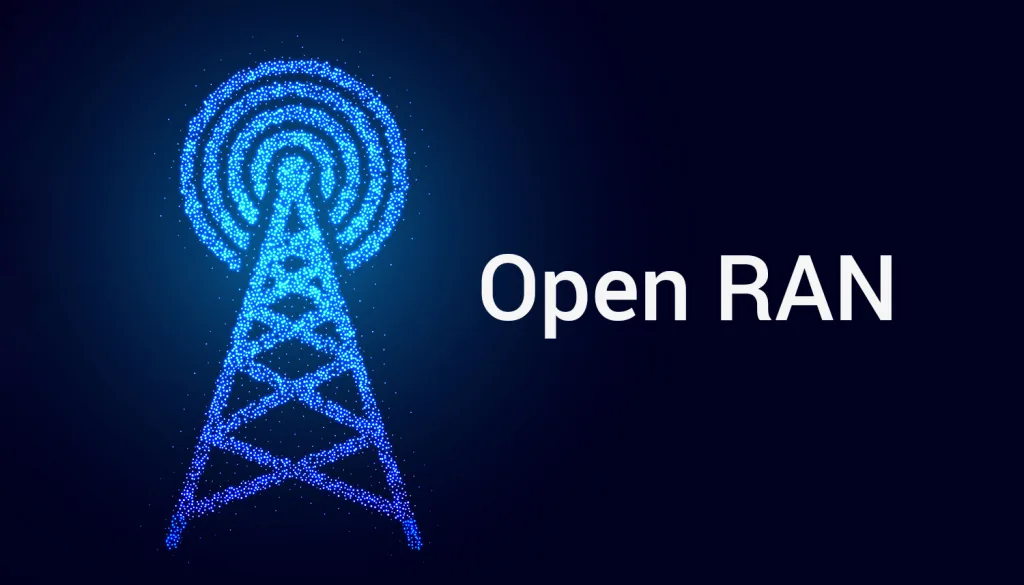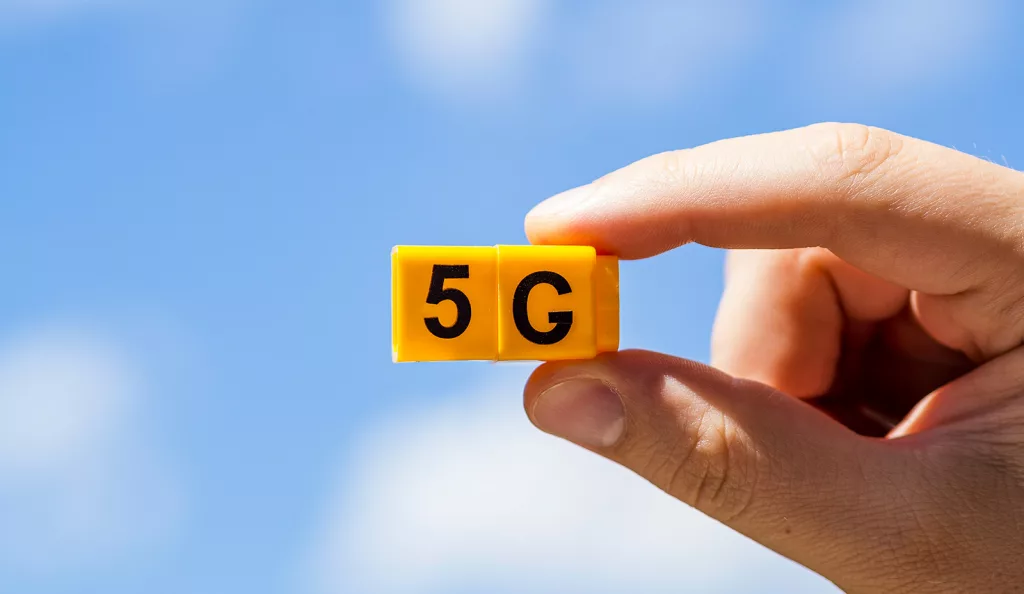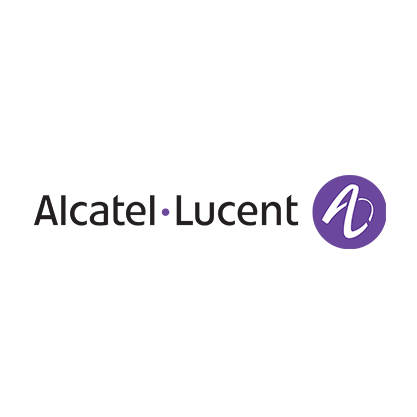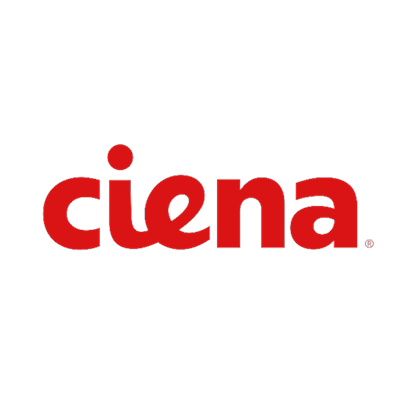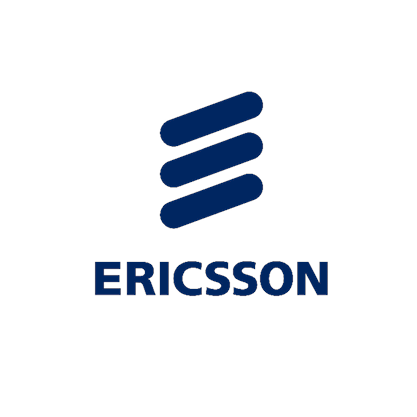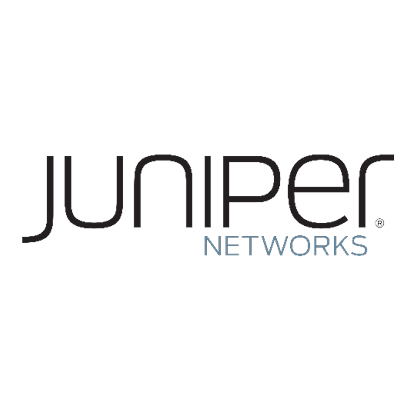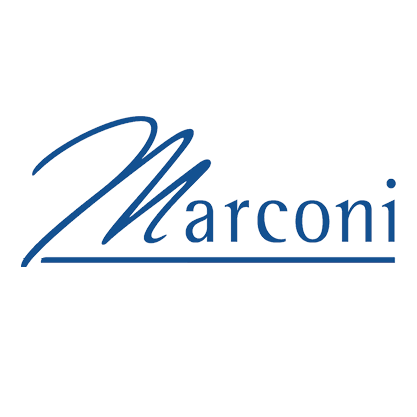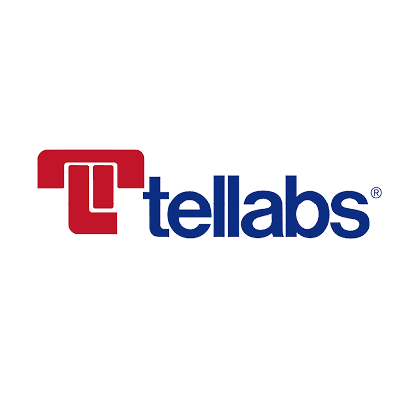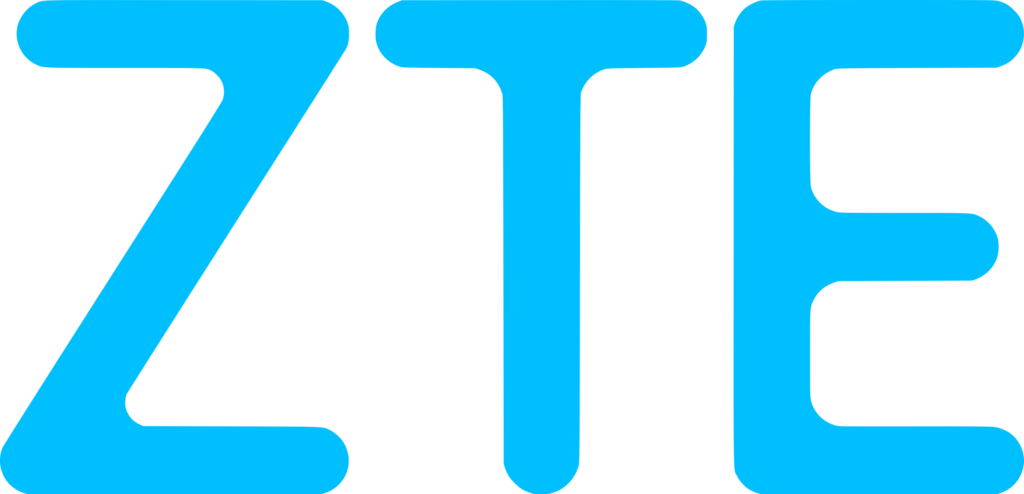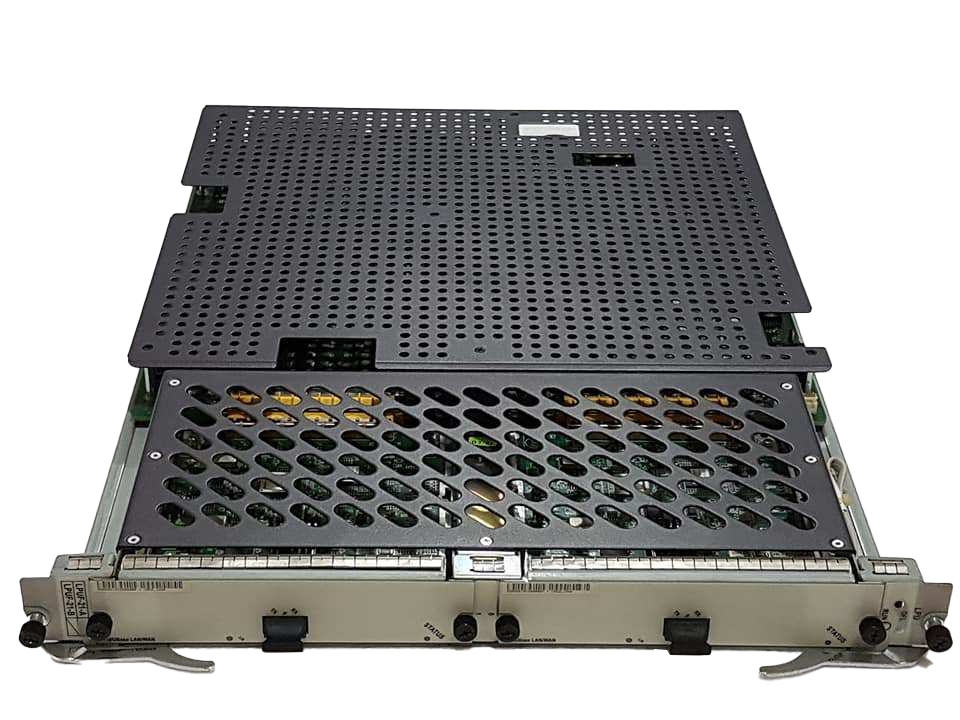As mobile broadband usage rapidly increased around the world, Alcatel-Lucent developed the 7750 SR (Service Router) to address this evolution. With an increase in users, comes an increase in demand for device and application connectivity, bandwidth usage and session duration, along with the necessity for lower latency; and so, for operators to meet demand, many utilised the features of the Alcatel-Lucent 7750 SR family. One of the main features is its ability to converge LTE and 3G+ mobile cores. Something that drastically cut operational costs and reduced physical hardware within the network.
Other key features included: its efficiency – all SR products use a common management platform which has service-aware network management, operation and reporting; its flexibility, scalability and high performance – by delivering high bandwidth and low latency; intelligence across user, content and applications – by offering service differentiation with non-stop routing and services and a great operating system – the operating system in the 7750 is feature-rich and fault-tolerant.
The 7750 SR family consists of the 7750 SR-1, SR-4, SR-7 and SR-12. When active, Alcatel-Lucent used the 7750 as the flagship element in their IP/MPLS offering. It has deployed in over 350 service provider networks across over 100 countries around the world.
Since ‘version 1’ of the Alcatel-Lucent 7750 SR series, the product portfolio has evolved significantly. Nokia acquired Alcatel-Lucent in 2016, taking the baton from Alcatel-Lucent and continuing to develop the product line to meet the latest industry demands.
Now capable of handling service demands driven by 5G, IoT (Internet of Things) and the cloud (among other industry developments), further products have been developed for the 7750 portfolio, including the 7750-SR-s series, 7750 SR-a series and 7750-e series. Of course, these new products are now marketed solely under the Nokia brand.
Nokia 7750 SR-e Series
The SR-e Series includes the SR-1e, SR-2e and SR-3e.
These products were designed for service providers to enable the delivery of residential, enterprise and mobile services that are more advanced than the predecessor products, as well as for webscale companies and enterprises to enable high-performance cloud-networking, data center and WAN (Wide Area Networking) applications.
Quick product comparison:
| SR-1e | SR-2e | SR-3e | |
| System throughput | Up to 1.2 Tb/s | Up to 800 Gb/s | Up to 400 Gb/s |
| Number of MDA-e’s and MS-ISA2s per chassis (max)* | 12 | 8 | 4 |
| Number of IOM-e’s per chassis (max)** | 3 | 2 | 1 |
| Common equipment redundancy | CPM-e, CCM-e, PSU, fan | CPM-e, CCM-e, PSU, fan | CPM-e, CCM-e, PSU, fan |
| Hot-swappable equipment | IOM-e, MDA-e, MS-ISA2, CPM-e, CCM-e, PSU, fan tray, fan filter | IOM-e, MDA-e, MS-ISA2, CPM-e, CCM-e, PSU, fan tray, fan filter | IOM-e, MDA-e, MS-ISA2, CPM-e, CCM-e, PSU, fan tray, fan filter |
| Dimensions | 57.8 cm (H) x 44.45 (W) | 44.5cm (H) x 44.45 (W) | 26.7 (H) x 44.45 (W) |
| Weight | 83.9 kg | 68.4 kg | 44.9 kg |
| Power | AC and DC power Up to 8 PSUs per chassis N+1 redundancy | AC and DC power Up to 8 PSUs per chassis N+1 redundancy | AC and DC power Up to 4 PSUs per chassis N+1 redundancy |
| Cooling | N+1 internal redundant fans Front-to-back airflow Variable speed for power efficiency | N+1 internal redundant fans Front-to-back airflow Variable speed for power efficiency | N+1 internal redundant fans Front-to-back airflow Variable speed for power efficiency |
*MDA-e = Media Dependent Adapter, MS-ISA2 = Multiservice Integrated Service Adapter 2.
**IOM-e = Input/Output Module
Nokia 7750 SR-a Series
The SR-a Series includes the SR-a4 and the SR-a8. They are a compact version of the e-Series products designed to offer a slightly scaled-down version of the same services the e-Series offers.
Known as the ‘compact platform’ the key difference between the a4 and a8 is the system throughput. The SR-a8 can manage up to 400Gb/s whereas the SR-a4 is limited to 200Gb/s.
Quick product comparison:
| SR-a4 | SR-a8 | |
| System throughput | Up to 400 Gb/s | Up to 200 Gb/s |
| Number of MDA-a’s and MDA-a XP’s per chassis (max)* | 8 | 4 |
| Number of IOM-a’s per chassis (max)** | 2 | 1 |
| Common equipment redundancy | CPM-a, PSU, fan | CPM-a, PSU, fan |
| Hot-swappable equipment | IOM-a, MDA-a, MDA-a XP, CPM-a, PSU, fan, fan filter | IOM-a, MDA-a, MDA-a XP, CPM-a, PSU, fan, fan filter |
| Dimensions | 31.12 (H) x 44.5 (W) | 22.2 (H) x 44.45 (W) |
| Weight | 38.1kg | 26.3kg |
| Power | AC and DC power 3 PSUs per chassis 2+1 redundancy | AC and DC power 2 PSUs per chassis 1+1 redundancy |
| Cooling | N+1 internal redundant fans Right-to-left airflow Variable speed for power efficiency | N+1 internal redundant fans Right-to-left airflow Variable speed for power efficiency |
*MDA-a/ MDA-a XP = Media Dependent Adapter
**IOM-a = Input/Output Module
Nokia 7750 SR-s Series
The SR-s Series includes the SR-1s, SR-2s, SR-7s and SR-14s. They are a set of IP routers, again designed to stay ‘ahead of the curve’ with emerging trends in the telecommunications industry. They can be utilised by webscale companies, service providers (if used as an edge router) and enterprises.
If used by webscale companies the 7750 SR’s is capable of enabling data center aggregation, as well as gateway and interconnect Pop (point of presence) edge, internet peering and backbone router functions.
If used by service providers as an edge router, then they can be used for delivering advanced residential, enterprise and mobile services.
And finally, if used by enterprises, they are capable of providing high-performance IP routing for cloud services, data center and WAN applications.
Quick product comparison:
| SR-1s | SR-2s | SR-7s | SR-14s | |
| System throughput | 9.6 Tb/s | 19.2 Tb/s | 57.6 Tb/s | 115.2 Tb/s |
| Number of XMA-s | 1; integrated | 2 | 6 | 12 |
| Common equipment redundancy | PSU, fan | XMA-s, XCM-s, CPM-s, PSU, fan | XMA-s, XCM-s, SFM-s, CPM-s, PSU, fan | XMA-s, XCM-s, SFM-s, CPM-s, PSU, fan |
| Hot-swappable equipment | PSU, fan | XMA-s, XCM-s, CPM-s, PSU, fan | XMA-s, XCM-s, SFM-s, CPM-s, PSU, fan | XMA-s, XCM-s, SFM-s, CPM-s, PSU, fan |
| Dimensions | 13.3 cm (H) x 22.2cm (W) | 22.2cm (H) x 44.45 (W) | 74cm (H) x 44.45cm (W) | 125cm (H) x 44.5 (W) |
| Weight | – | – | 45.5 kg | 62.5 kg |
| Power | LVDC: -48 V/-60 V, 80 A max per feed HVDC: 240–380 V, 16 A max per feed AC: 200–240 V AC, 50/60Hz, 16 A per feed N+1 redundancy Integrated 1RU power shelf | LVDC: -48 V/-60 V, 80 A max per feed HVDC: 240–380 V, 16 A max per feed AC: 200–240 V AC, 50/60Hz, 16 A per feed N+1 redundancy Integrated 1RU power shelf | LVDC: -48 V/-60 V, 80 A max per feed HVDC: 240–380 V, 16 A max per feed AC: 200–240 V AC, 50/60Hz, 16 A per feed N+1 redundancy Shelf common with the SR-14s | LVDC: -48 V/-60 V, 80 A max per feed HVDC: 240–380 V, 16 A max per feed AC: 200–240 V AC, 50/60Hz, 16 A per feed N+1 redundancy Shelf common with the SR-7s |
| Cooling | Front-to-back airflow | Front-to-back airflow | Front-to-back airflow | Front-to-back airflow |
*XMA-s = Expandable Media Adapter-s
FP Network Processor Technology
One final thing to mention when we are exploring the evolution of the 7750 Service Router products is the impressive FP Network Processor Technology, capable of powering some of the highest-density and most IP routers that are available.
The original version of the FP processor was released in 2003. Known simply as the ‘FP’, it was the industry’s first 10G network processor. It was superseded by the FP2 which was the industry’s first 100G network processor and first 100G clear-channel processor. Then, inevitably, came the FP3 followed by the FP4, again, both firsts in 400G and 2.4Tb/s respectively.
Impressively, each generation of FP Network Processors supports seamless backward compatibility, meaning they can work in conjunction with each other to offer network owners flexibility and adaptability without the need for system overhaul.
The legacy continues
Standing strong in a heavily saturated market of comparative products, the 7750 Service Routers have and will continue to provide network operators, enterprises and data centers with effective, scalable and feature-rich services for their networks.
The original 7750 SR products are still used widely around the world, with increasing requests for parts, repairs and support coming in over the last few years, we have noticed this and ensured that we have kept up with demand by procuring as many high-quality, new and refurbished parts for our clients as possible, as well as establishing the capabilities for repair services.
Because of the backward compatibility that these products offer, as well as integration with other products across the network, we have found that many operators utilise different products from within the 7750 family at different points, depending on their network’s requirements.
If you operate any of the products within the 7750 SR family and are interested in continued support, particularly for any equipment that is no longer supported by the manufacturer, get in touch with us today.
Visit www.carritech.com, call us on 0203 006 1170 or email contact@carritech.com.

